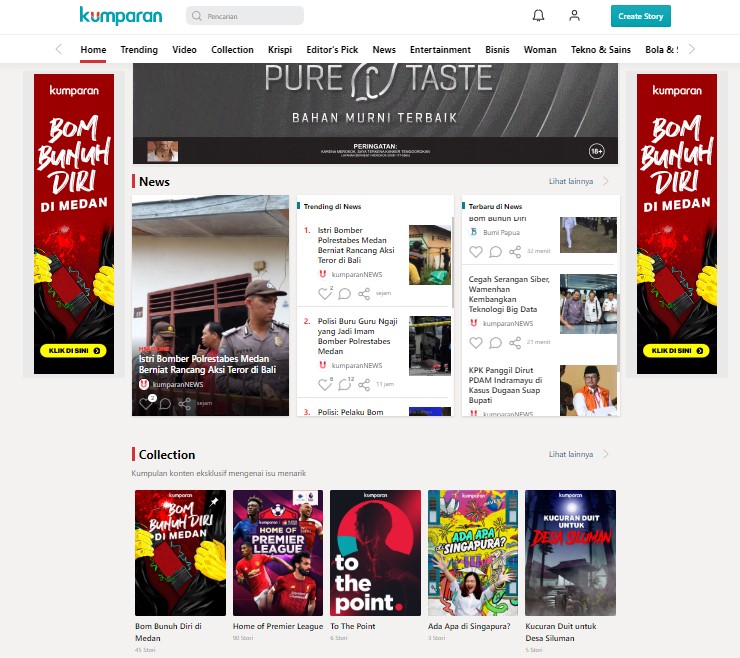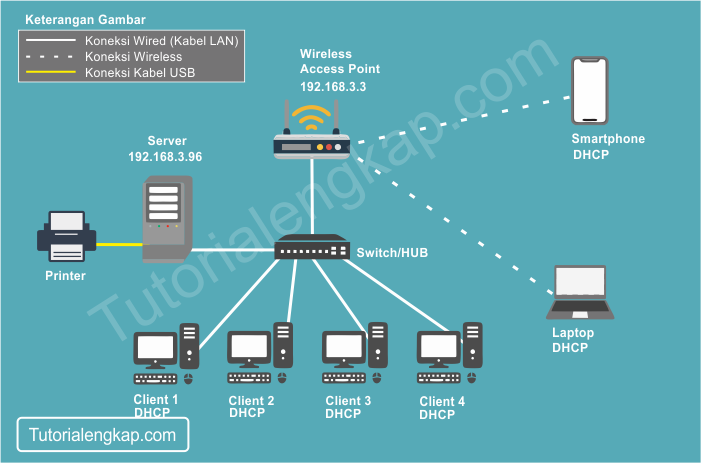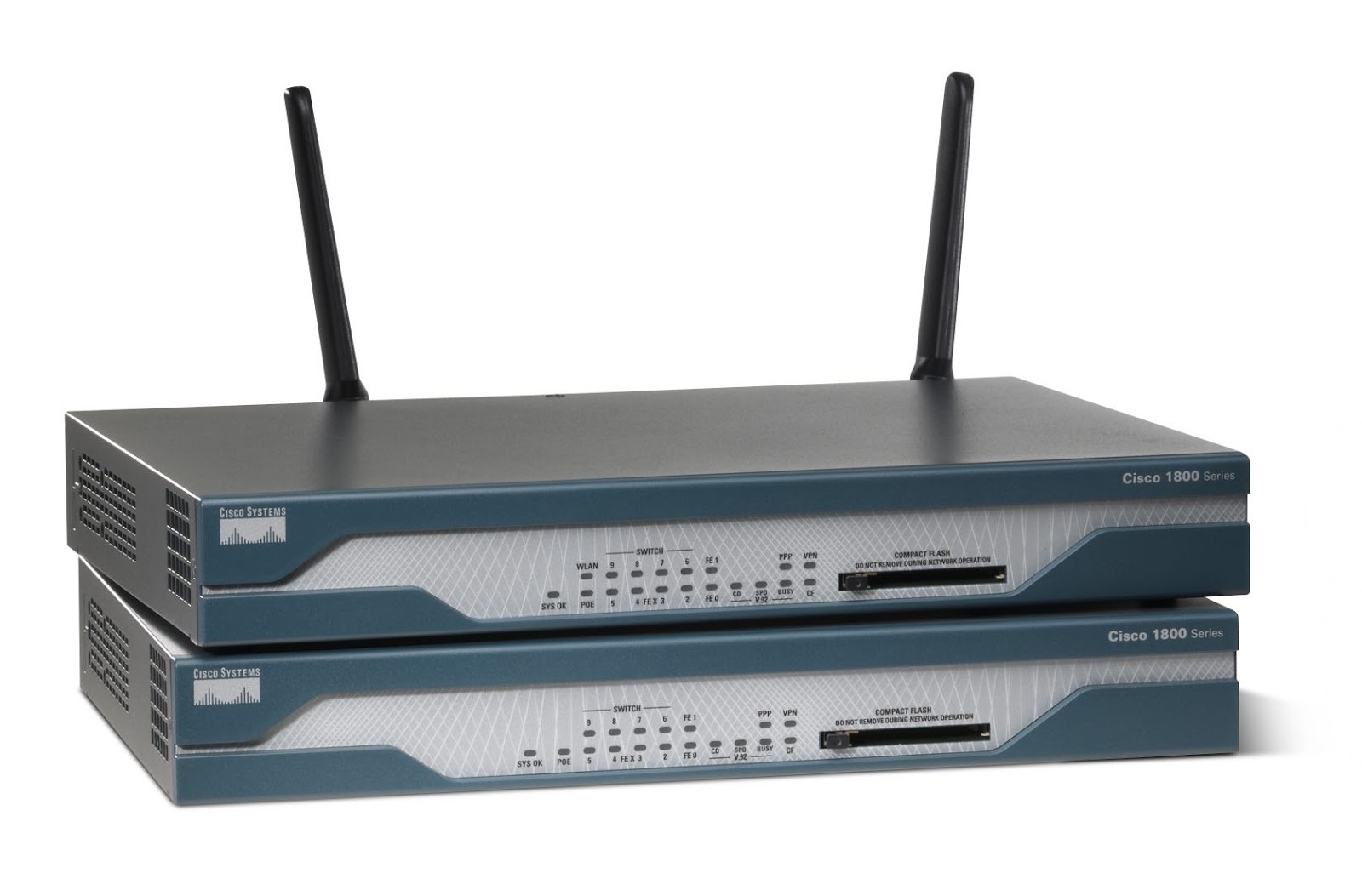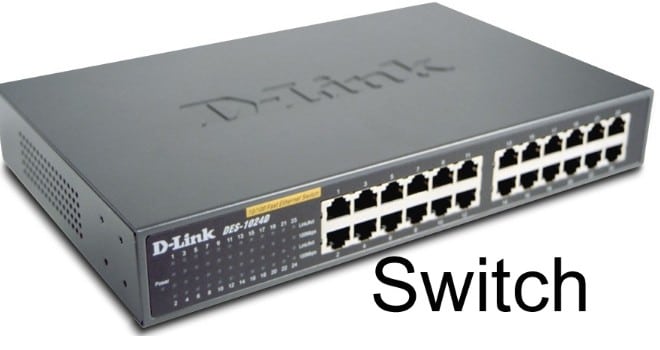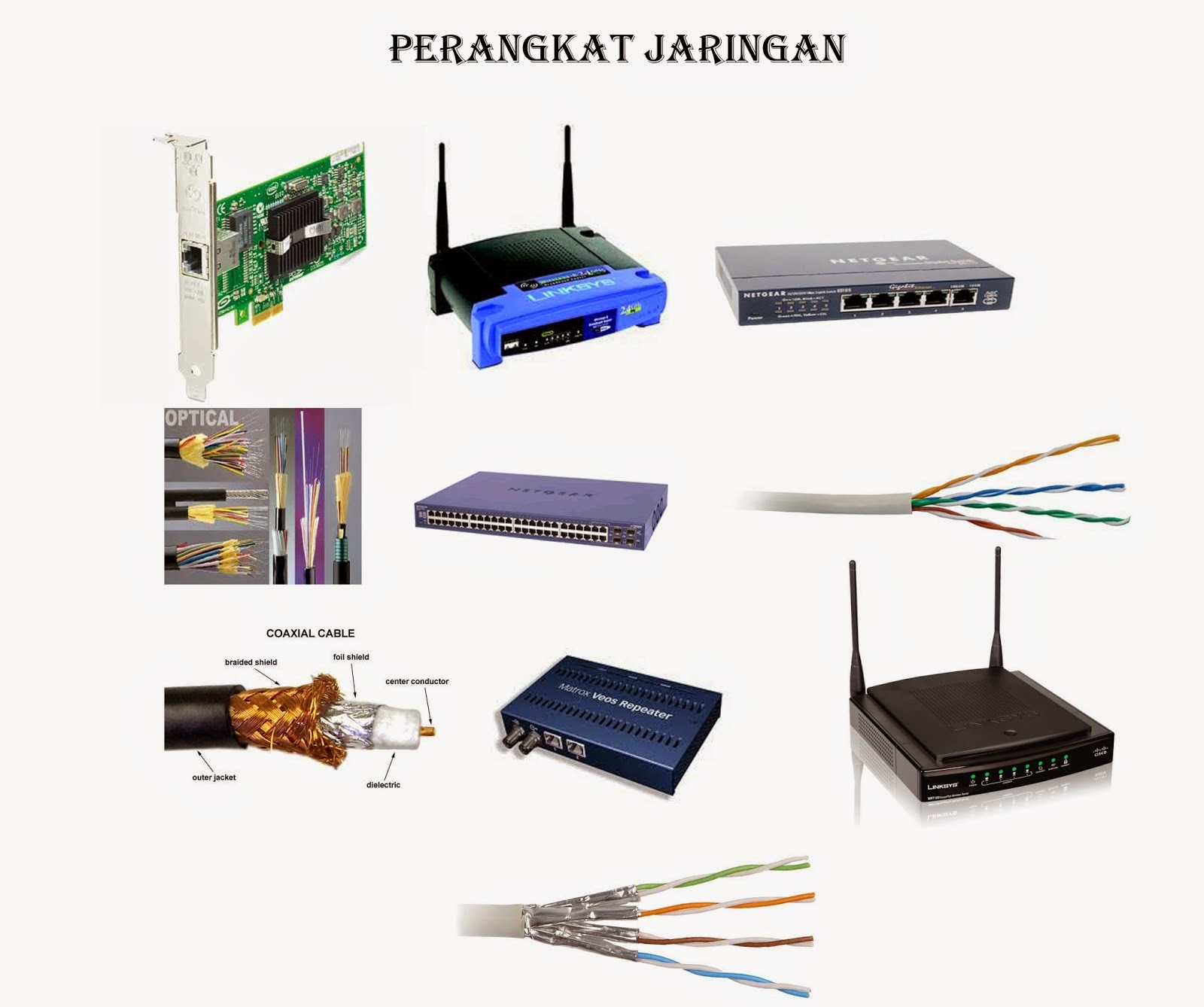Apakah Anda ingin meningkatkan konversi dan mengoptimalkan kampanye pemasaran online Anda? Salah satu cara terbaik untuk melakukannya adalah dengan membuat landing page yang efektif. Landing page adalah halaman web yang dirancang khusus untuk mengarahkan pengunjung ke tindakan tertentu, seperti mengisi formulir, melakukan pembelian, atau mengunduh konten. Dalam artikel ini, kami akan membahas langkah-langkah penting dalam membuat landing page yang efektif untuk bisnis Anda.
1. Tentukan Tujuan Landing Page Anda
Langkah pertama dalam membuat landing page yang efektif adalah menentukan tujuan yang ingin Anda capai. Apakah Anda ingin mengumpulkan alamat email pengunjung, menjual produk atau layanan, atau mengundang mereka untuk menghadiri acara? Dengan mengetahui tujuan Anda, Anda dapat merancang landing page yang sesuai dengan kebutuhan Anda.
Anda juga perlu mempertimbangkan audiens target Anda. Apakah mereka sudah akrab dengan bisnis Anda atau mereka baru pertama kali mengunjungi situs web Anda? Memahami audiens Anda akan membantu Anda menentukan pesan dan tindakan yang tepat untuk landing page Anda.
2. Buat Headline yang Menarik
Headline adalah elemen pertama yang dilihat oleh pengunjung saat mereka mengunjungi landing page Anda. Oleh karena itu, penting untuk membuat headline yang menarik dan relevan. Headline harus jelas dan langsung mengkomunikasikan nilai yang Anda tawarkan kepada pengunjung.
Anda juga dapat menggunakan headline untuk menyoroti manfaat utama dari produk atau layanan Anda. Misalnya, jika Anda menjual produk kecantikan, headline Anda bisa menjadi “Dapatkan Kulit Cantik dalam Seminggu dengan Produk Kami”. Headline yang menarik akan membuat pengunjung tertarik untuk melanjutkan membaca dan mengambil tindakan lebih lanjut.
3. Gunakan Gambar yang Relevan
Gambar adalah elemen penting dalam landing page yang efektif. Gambar yang relevan dapat membantu memperkuat pesan Anda dan menarik perhatian pengunjung. Pastikan gambar yang Anda gunakan berkaitan langsung dengan produk atau layanan yang Anda tawarkan.
Anda juga perlu memastikan bahwa gambar yang Anda gunakan memiliki kualitas yang baik dan tidak terlalu besar sehingga mempengaruhi kecepatan muat halaman. Penggunaan gambar yang relevan dan berkualitas tinggi akan meningkatkan kepercayaan pengunjung terhadap bisnis Anda.
4. Sederhanakan Desain Landing Page Anda
Desain landing page yang sederhana dan bersih akan membantu pengunjung fokus pada pesan dan tindakan yang Anda ingin mereka ambil. Hindari penggunaan elemen desain yang berlebihan atau mengganggu, seperti animasi yang berlebihan atau warna yang terlalu mencolok.
Pastikan juga bahwa tata letak landing page Anda mudah dipahami dan mengarahkan pengunjung ke tindakan yang diinginkan. Gunakan elemen desain seperti tombol panggilan tindakan yang jelas dan mudah ditemukan untuk membantu pengunjung mengambil tindakan yang Anda inginkan.
5. Buat Konten yang Relevan dan Menarik
Konten yang relevan dan menarik adalah kunci untuk membuat landing page yang efektif. Berikan informasi yang jelas dan ringkas tentang produk atau layanan Anda, serta manfaat yang akan diterima oleh pengunjung jika mereka mengambil tindakan yang Anda inginkan.
Anda juga dapat menggunakan testimoni atau ulasan pelanggan untuk memperkuat pesan Anda. Testimoni dari pelanggan yang puas dapat membantu membangun kepercayaan dan meyakinkan pengunjung untuk mengambil tindakan.
6. Buat Tawaran yang Menggoda
Untuk mendorong pengunjung mengambil tindakan, Anda perlu membuat tawaran yang menggoda. Tawaran ini bisa berupa diskon, hadiah gratis, atau konten eksklusif. Pastikan tawaran Anda relevan dengan produk atau layanan yang Anda tawarkan dan memberikan nilai tambah bagi pengunjung.
Anda juga perlu membuat batasan waktu atau ketersediaan untuk tawaran Anda. Batasan waktu atau ketersediaan akan mendorong pengunjung untuk segera mengambil tindakan dan menghindari penundaan.
7. Gunakan Call-to-Action yang Jelas
Call-to-action (CTA) adalah elemen penting dalam landing page yang efektif. CTA adalah instruksi yang mengarahkan pengunjung untuk mengambil tindakan tertentu, seperti “Beli Sekarang” atau “Daftar Sekarang”.
Pastikan CTA Anda jelas dan menonjol di halaman. Gunakan warna yang kontras dengan latar belakang untuk membuat CTA Anda mudah ditemukan. Anda juga dapat menggunakan teks yang persuasif untuk mendorong pengunjung mengambil tindakan.
8. Uji dan Pantau Kinerja Landing Page Anda
Setelah Anda membuat landing page, penting untuk menguji dan memantau kinerjanya. Uji elemen seperti headline, gambar, dan CTA untuk melihat mana yang paling efektif dalam meningkatkan konversi.
Anda juga perlu memantau metrik seperti tingkat konversi, tingkat penolakan, dan waktu tinggal pengunjung di halaman. Dengan memantau kinerja landing page Anda, Anda dapat mengidentifikasi area yang perlu ditingkatkan dan membuat perubahan yang diperlukan untuk meningkatkan konversi.
9. Optimalkan Landing Page Anda untuk SEO
Optimasi mesin pencari (SEO) adalah langkah penting dalam membuat landing page yang efektif. Pastikan Anda menggunakan kata kunci yang relevan dalam judul, deskripsi, dan konten landing page Anda.
Anda juga perlu memastikan bahwa landing page Anda memiliki waktu muat yang cepat dan responsif di berbagai perangkat. Hal ini akan membantu meningkatkan peringkat Anda di hasil pencarian dan memberikan pengalaman pengguna yang baik.
10. Uji A/B Landing Page Anda
Terakhir, Anda dapat melakukan uji A/B untuk landing page Anda. Uji A/B melibatkan membuat dua versi landing page yang berbeda dan menguji kinerjanya untuk melihat mana yang lebih efektif dalam meningkatkan konversi.
Anda dapat menguji elemen seperti headline, gambar, CTA, dan tawaran untuk melihat mana yang paling berhasil. Dengan melakukan uji A/B secara teratur, Anda dapat terus meningkatkan landing page Anda dan mencapai hasil yang lebih baik.
Kesimpulan
Membuat landing page yang efektif adalah langkah penting dalam meningkatkan konversi dan mengoptimalkan kampanye pemasaran online Anda. Dengan mengikuti langkah-langkah di atas, Anda dapat membuat landing page yang menarik, relevan, dan mengarahkan pengunjung ke tindakan yang diinginkan.
Ingatlah untuk selalu menguji dan memantau kinerja landing page Anda, serta melakukan perubahan yang diperlukan untuk meningkatkan konversi. Dengan kerja keras dan dedikasi, Anda dapat mencapai hasil yang lebih baik dan mengoptimalkan kampanye pemasaran online Anda.
Sampai jumpa lagi di artikel menarik lainnya!

